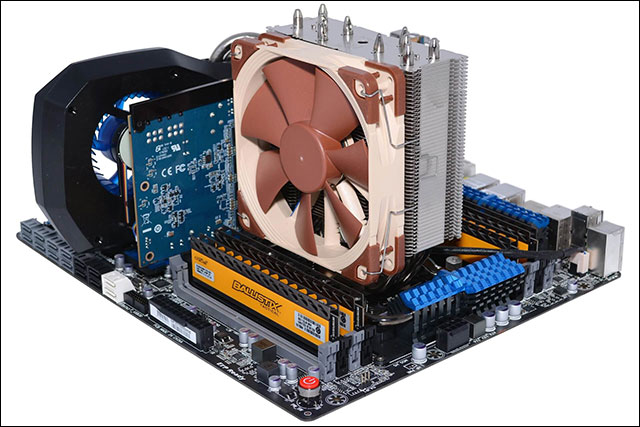What is CPU heat sink and how does it work?
The heat exchanger uses copper, aluminum or a combination of both to bring heat from the heat sink through heat pipes. The fan is used to blow air through here and bring it out of the system, helping the CPU to keep the temperature safe.
Liquid heat sinks also use the same way but replace plain heat pipes that contain semiconductor liquids and pump into heat sinks. Copper is a semiconductor capable of conducting heat very well, aluminum is only half as much and gas is extremely bad.
How does CPU heat sink work?
Heat transfer capacity is measured in W / m * K units. There is no need to be overly physical. You can also briefly understand this number. The number is also not absolute because each material has different heat transfer ability. Here are a few example numbers.
- The heat transfer coefficient of copper is 385 W / m * K
- The heat transfer coefficient of aluminum is 205 W / m * K
- The heat transfer coefficient of Arctic Silver MX-2 is 5.6 W / m * K
- The heat transfer coefficient of the air (measured at 0c) is about 0.024 W / m * K
So it took a long time for the sun to heat the morning air, but only a few minutes was a piece of metal warming up. The operation of CPU heat sink is also very simple.
A radiator consists of a heat exchanger, a heat transfer tube and a base. There is also a thermal disc above the CPU and thermal paste between the CPU and CPU radiator.
Soles (usually made of copper, but on cheaper radiators than aluminum) connect directly to the heat plate above the CPU. Heat transfers from the CPU thermal plate to the heat sink, which is used to connect the base of the radiator and the heat plate. Then the sole connects to the heat pipe. Soles and tubes are usually made of copper because they have good heat transfer capacity.

Picture a radiator
Heat pipes have tiny holes inside and a space to contain liquids / gases. When the heat passes from the substrate to the tube, it will heat the liquid to such an extent that it evaporates and turns into gas. Then, it moves between the tubes until it is cold enough to return to the liquid state. When again liquid, it flows through the material inside the tube until it returns to the substrate and is so hot that it evaporates.
The thermostat consists of many pins usually made of aluminum. The heat coming from the tube is then spread out to allow it to fly easily. Because they are designed for a wide area, they usually do not need to be able to transfer heat like soles or pipes.
See more:
- You have to use thermal paste properly?
- Top 5 best heat sinks 2018
- Make your laptop's heat sinks super simple
 Learn about the dpupdchk.exe process
Learn about the dpupdchk.exe process The command reg add in Windows
The command reg add in Windows Edit command in Windows
Edit command in Windows Common Adobe Illustrator shortcuts
Common Adobe Illustrator shortcuts Reg command compare in Windows
Reg command compare in Windows Endlocal command in Windows
Endlocal command in Windows